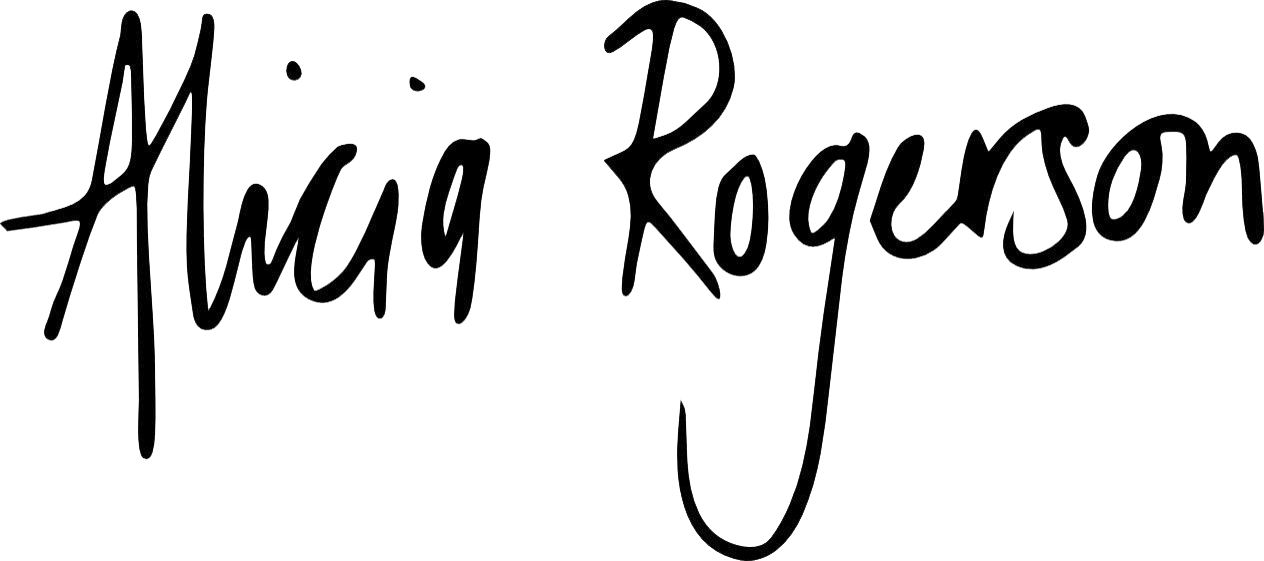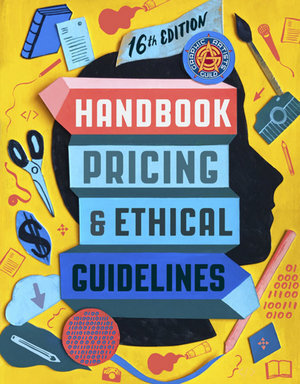How To Price Your Illustrations
You get an email. Tanya from a publishing house would like to commission you to illustrate a chapter cover for a book about famous dogs. You get another email. Roger from a computer firm wants you to illustrate a series of artworks to use for advertising on billboards. Then you've got another email and this time it is from Jessica who needs some surface patterns to use on bed linen for a small homewares chain in the United States.
Then they ask the next question. How much would you charge? The hardest thing about illustrating is pricing your work. There is no set rates, it is up to you to set your rate and work around that. If your fees are too low then you can damage your own ability to sustain yourself long term but also the industry. Too high and you won't retain clients if you get any at all.
Pricing is individual and has to take into account such a huge variety of things. This is one of the reasons at many art schools and college they don't teach you business as part of your course. They teach you to make art, think about how to make art, talk about it, write papers on it. How to sell something? No. How much to charge? Definitely no.
This is where we thank internet land and there are recommended associations and places where you can find estimates. At the end of the day it is up to you and the client to negotiate the price. Sometimes you'll have an agent to negotiate on your behalf, but at the same time they take a large percentage, so there are positive and negatives to everything.
Holly Exley has released this great video. I love her honesty and how she breaks it down quite simply.
The Graphic Artists Guild has an amazing handbook that compiles the average rates for everything you can think of that your art can go on. It is in US dollars but you can convert the rates into your currency and they'll still be similar.
NAVA has released an average for fees and wages for 2017. Pricing Resources by Laura Wood. Jessica Hiche talks about the dark art of pricing and has a great downloadable guide. Recommended rates of pay by ASA. Book illustration pricing by Cegur. A designer's guide to pricing by William Beachy. Joining the Association of Illustrators (UK) is another great resource. Now just from seeing that teeny tiny list of available resources you can understand why there is no specific guide/rates/list you can refer to. However the more you research and learn, the more empowered you will be to set the right rates for the project.
I would also say from experience you should initially ask the client how much their budget is. You should always ask as many questions as you can about the project. The more information you have, the easier it will be to charge a fair price for your work. Some questions you should ask the client and yourself
What do you need the artwork or illustration for?
How does it need to be created? By hand, digital, on canvas, ceramics?
How much time will the research take, what research is needed?
Is it a portrait that needs physical sittings?
Is there travel involved?
What are the material costs?
Are there extra costs? If you have an original work you may need a photography studio to do the high resolution scans or do you need a photographer? Do you need a graphic designer?
Are you selling the original work, are you loaning the illustration or are they buying full copyright? Do you need to post anything?
Is this a rush job that requires an additional fee?
These are some of the questions that will go through my mind when I'm contacted. I need to take all of these things into account as not only do I need to consider the field my illustration would be used for (as each has a different price point), I also need to weigh up the time certain elements may add to the project.
Lastly, illustration is a specialist field. It is very hard work and takes years of training whether it be through art, graphic design, sewing or other creative fields. Give anyone a pencil and they won't be able to draw a cat in the same way that you can (if it ends up looking like a cat at all).
Don't underprice yourself and don't give your work away.

